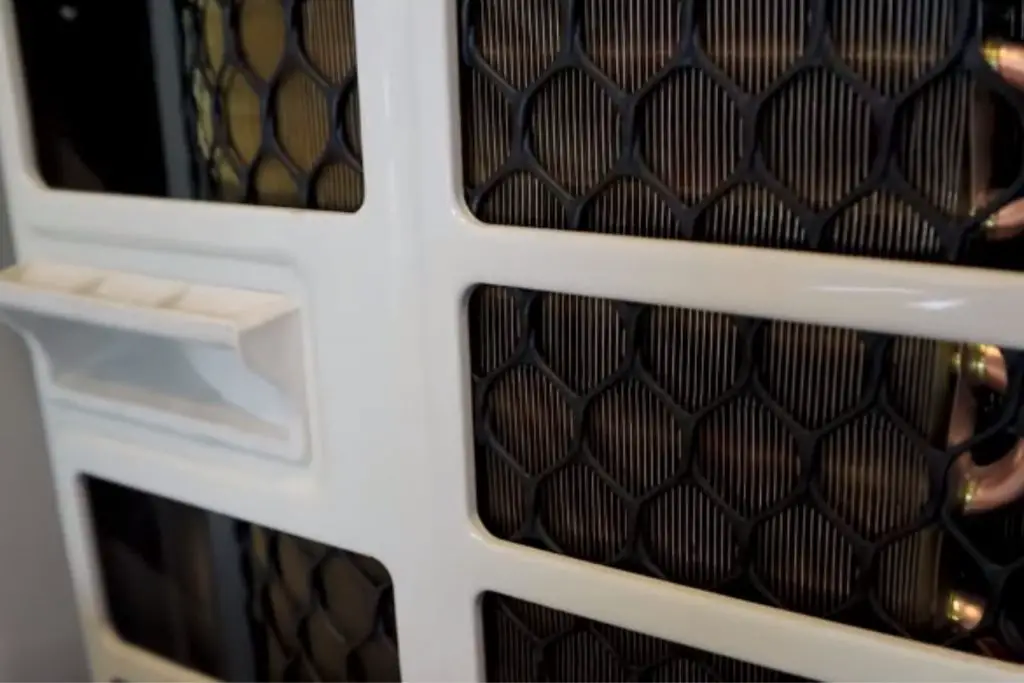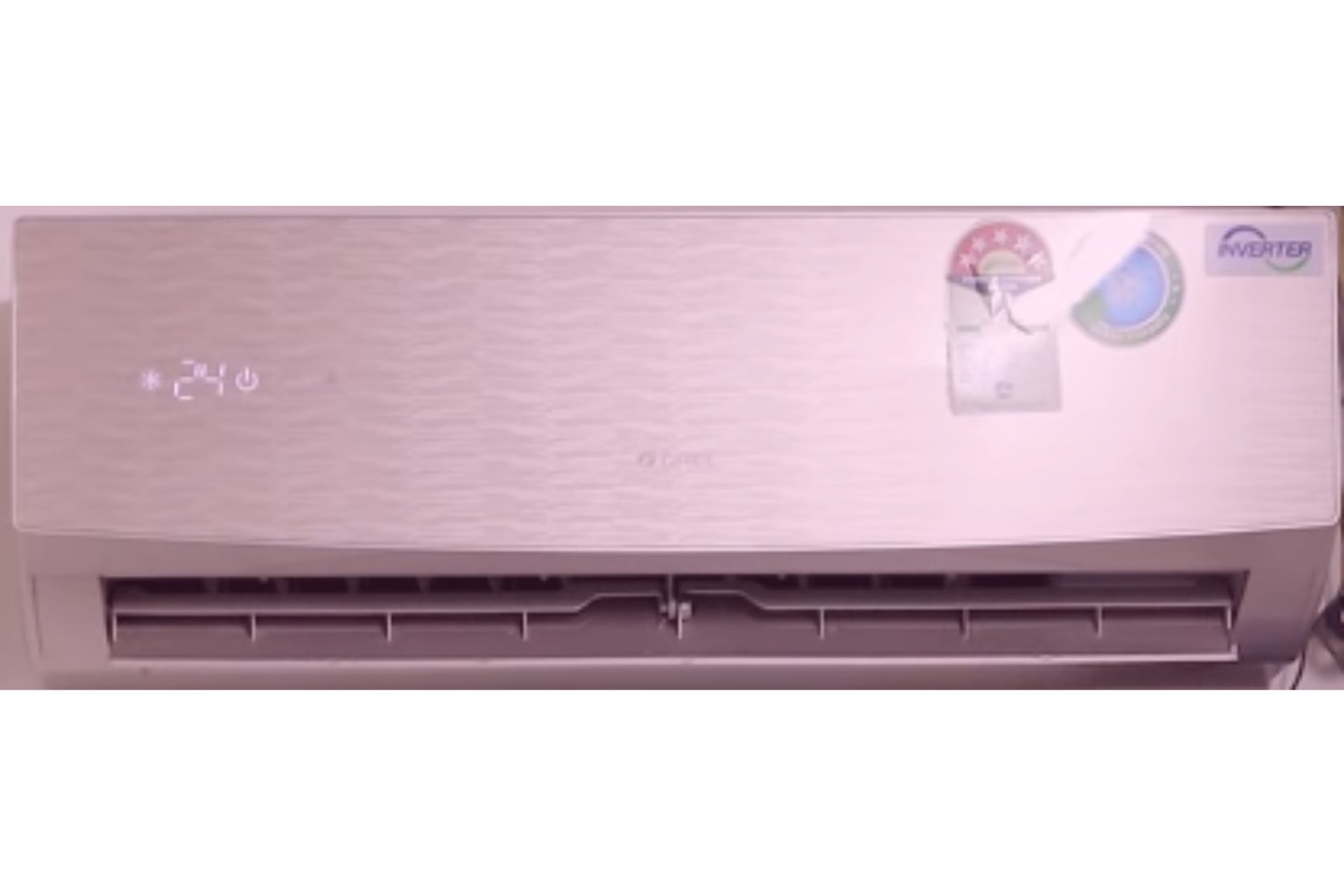Even though Gree air conditioners have a decent reputation, that reputation doesn’t matter if your Gree AC unit has stopped cooling. But why would that happen? What would prevent a Gree AC from blowing cool air?
Gree AC Not Cooling – Why?
1). Thermostat On ‘Heat’ Mode
Did you set the air conditioner correctly? Some people think their thermostat has malfunctioned when, in truth, they set the thermostat on ‘Heat’ instead of ‘Cool.’ Homeowners make this mistake all the time.
It shouldn’t concern you unless the AC unit is still blowing hot air even though you have already adjusted the settings. Some units have mechanisms that alter the settings automatically in response to the ambient temperature. But those mechanisms can malfunction. Before you panic, look at the manual.
Make sure you follow the instructions while setting the temperature. Some people create complications by using the instructions from their old AC unit to adjust the settings on their new Gree AC. Follow the manual’s instructions.
2). Clogged Air Filter
A clogged air filter is one of the most common sources of malfunctions in air conditioners. A clogged filter disrupts the airflow, which, in turn, compromises the unit’s cooling capacity.
3). Damaged Compressor
Have you checked the compressor? You can’t expect the refrigerant to flow between the evaporator and condenser when the compressor is damaged. Problems with the compressor rarely go unnoticed.
Most laypeople are well aware of the compressor. They don’t know what it does, but they understand that it plays a vital role in the AC’s operations, which is why they tend to diagnose this component before anything else.
4). Blocked Condenser Unit
If your AC has an outdoor condenser unit, you can blame a blocked condenser unit. The condenser has spaced coils that are susceptible to clogging. The fan cannot draw air through the coils when they are blocked by debris.
Some air conditioners will continue to cool your home despite the clogging. However, their efficiency will deteriorate drastically. Don’t be surprised if your energy bill skyrockets. In some situations, prolonged clogging can ruin the compressor.
Air conditioners can shut down unexpectedly because of blocked condenser coils.
5). Leaked Refrigerant
The refrigerant is leaking. The refrigerant absorbs the heat from the air. The air conditioner cannot keep your home cool without sufficient refrigerant levels. It is not that uncommon for refrigerants to leak.
If you’ve ruled all these factors out, look for dirty evaporators and faulty motors. AC units that can’t cool are not necessarily a danger to you. Nonetheless, you should consult an expert if you think the unit has malfunctioned.
How Do I Fix A Gree AC That Is Not Cooling?
If your Gree air conditioner has stopped cooling, use one or more of the following solutions to resolve the problem:
1). Reset
Resetting is the first solution most laypeople consider because it fixes simple glitches. Some people blame their compressors and condensers when their unit has a basic glitch. The resetting procedures will vary depending on the model.
You can reset it by depriving the appliance of power.
2). Diagnose Error Codes
Some laypeople don’t know how to start troubleshooting an AC unit that cannot cool. They don’t realize that air conditioners have error codes that simplify the troubleshooting process. Error codes can manifest as flashing indicator lights, letters, or numbers on a screen.
For instance, E0 shows insufficient starting voltage. E2 appears when the indoor unit is freezing. You see E6 when there is no phase.
People think that error codes are complex diagnostic tools that only a technician can understand. But error codes are designed with laypeople in mind, which is why manufacturers provide comprehensive guides explaining each error code’s meaning.
You don’t have to memorize the meaning of each error code. If the unit has stopped cooling, look at the error code on the screen before checking for the interpretation in the manual. The air conditioner’s inability to cool is probably connected to the error code.
3). Replace the Air filter
If your air filter is clogged, get a replacement. You are better off hiring a technician to perform this task. But in most cases, air filters are not that difficult to access. Many laypeople change their air filters without relying on technical assistance.
4). Check The Settings
Check the settings. Maybe your air conditioner is blowing hot air because you told the air conditioner to blow hot air. Don’t blame the issue on a malfunction until you’ve checked and adjusted the thermostat. If the thermostat doesn’t respond to your commands, you have a bigger problem on your hands.
Identify and deactivate any mechanisms that automatically adjust the temperature settings.
5). Hire An Expert
Damaged components are tricky, especially items like compressors, motors, and evaporators. You cannot fix them on your own because you don’t have the necessary tools, skills, and experience. Hire an expert.
They will diagnose these components to determine whether they require fixing or replacement.
6). Unclog The Coils

Clean the condenser coils. The AC unit cannot dissipate heat when debris has covered the coils. Fortunately, any layperson can unclog the condenser coils. Use a vacuum with a brush attachment. Depending on the severity of the clogging, you can also rinse the coils with a hose. Do this gently. Otherwise, you may cause more harm.
7). Fix The Refrigerant
Don’t tamper with the refrigerant. This fault requires an expert. A technician can look for the source of the leak. Sometimes, following hissing and bubbling noises will lead you to the problem. In other cases, the technician must disassemble the Gree AC. Either way, this is not the work of a layperson.
Related Post:

